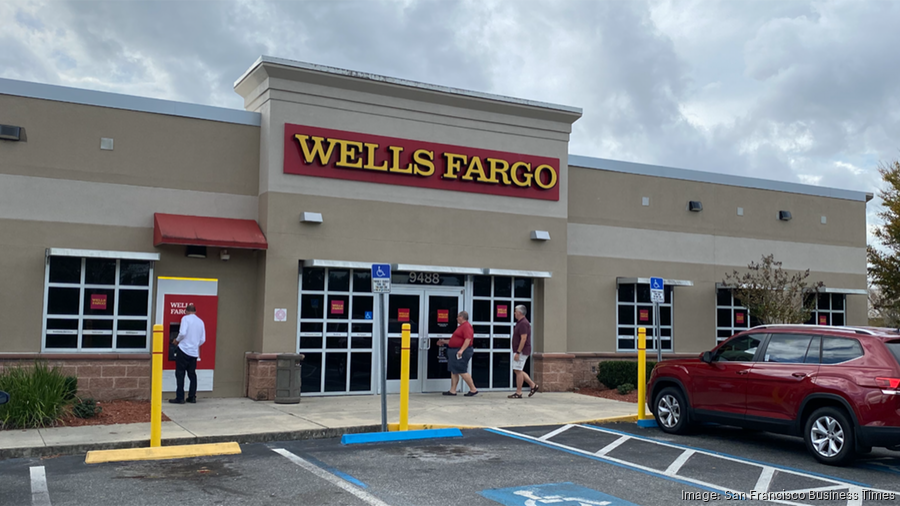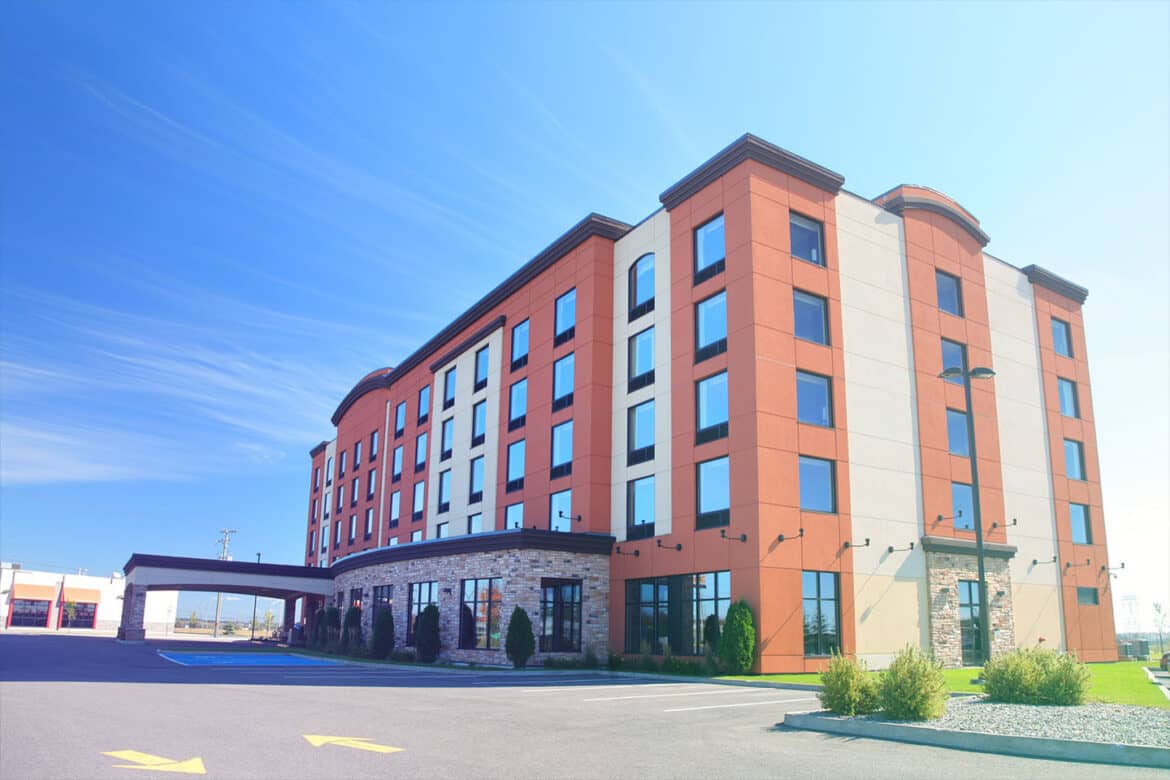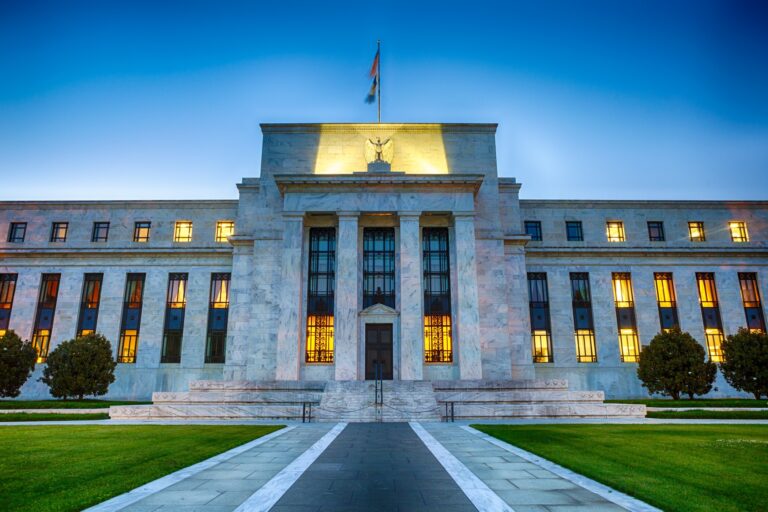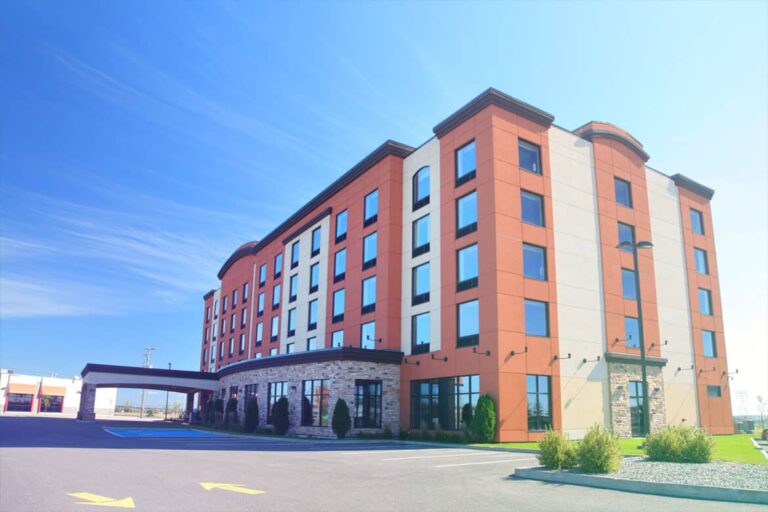Best Commercial Real Estate Financing Options 2025 A Complete Guide for Business Owners and Investors
Securing the right commercial real estate financing is a key step for any business looking to expand, purchase, or develop property. Whether you’re acquiring a retail building, office space, or industrial facility, finding the right financing solution ensures your business can grow sustainably while maintaining strong cash flow.
In this comprehensive guide, we’ll explore what commercial real estate financing is, how it works, the top lenders in 2025, and how to find the best option for your investment goals.
What Is Commercial Real Estate Financing?
Commercial real estate financing (CRE financing) refers to loans used to purchase, refinance, or renovate properties intended for business purposes. These properties generate income through business operations, leasing, or investment.
Unlike residential mortgages, commercial financing is typically offered to business entities-such as corporations, partnerships, or LLCs-rather than individuals. Loan terms vary widely based on property type, borrower creditworthiness, and market conditions, with repayment periods typically ranging from 5 to 25 years.
Common types of CRE financing include:
-
Traditional commercial mortgages
-
SBA 504 and 7(a) loans
-
Bridge loans
-
Construction loans
-
Hard money loans
Each serves a different business or investment goal, making it crucial to choose the right type for your property needs.
How Commercial Real Estate Financing Works
When applying for commercial real estate financing, lenders evaluate multiple factors, including:
-
Business financials (revenue, cash flow, tax returns)
-
Property value and appraisal
-
Borrower’s creditworthiness
-
Debt service coverage ratio (DSCR) – measuring property income vs. loan repayment ability
Loans are typically secured by the property itself. Businesses may also need to provide personal guarantees, especially for small or new companies.
Interest rates for CRE loans vary from 6% to 10%, depending on the loan structure, lender type, and market trends. The approval process may take 30–90 days, involving appraisal, underwriting, and due diligence stages.
Benefits of Commercial Real Estate Financing
Choosing the right commercial real estate financing offers significant financial and operational advantages:
-
Equity Building – Each loan payment builds ownership in the property, creating long-term value.
-
Predictable Costs – Fixed-rate loans stabilize monthly expenses, protecting against rent hikes.
-
Business Expansion – Access to capital allows companies to acquire new locations or upgrade facilities.
-
Tax Deductions – Interest payments and depreciation may qualify as deductible business expenses.
-
Asset Appreciation – Commercial properties typically appreciate, offering long-term investment returns.
These benefits make CRE financing an essential tool for businesses looking to strengthen their operational footprint and financial foundation.
Top 5 Real-World Examples of Commercial Real Estate Financing
1. Wells Fargo Commercial Real Estate Financing

Wells Fargo remains one of the leading providers of commercial real estate financing in the United States. The bank offers a wide range of loan options tailored to different industries, including office, retail, healthcare, and manufacturing.
Their financing programs include term loans, lines of credit, and construction loans, with flexible repayment terms up to 25 years. Borrowers can access both conventional and SBA-backed financing options depending on their business structure and credit profile.
Benefits of Wells Fargo CRE Financing
-
Competitive interest rates and terms
-
Access to SBA 504 and 7(a) programs
-
Dedicated commercial loan specialists
-
Financing available for both small businesses and large corporations
Use Case:
A growing logistics company in Texas used Wells Fargo’s CRE financing to purchase a 40,000-square-foot warehouse. The financing helped the business cut rental expenses by 35% while gaining ownership equity in the property.
How to Buy:
Apply for Wells Fargo Commercial Real Estate Financing
2. Bank of America Commercial Real Estate Loans
Bank of America offers customized commercial property loans designed for both small businesses and institutional investors. Their fixed and variable-rate options allow businesses to tailor repayment schedules to their cash flow.
Bank of America also provides access to SBA loans, helping new or small business owners secure affordable long-term financing for owner-occupied properties.
Benefits of Bank of America CRE Loans
-
Competitive rates for qualified borrowers
-
Long-term fixed and variable interest options
-
Personalized financial consultation
-
Fast loan processing with online prequalification
Use Case:
A dental practice in California used Bank of America’s SBA 504 loan to purchase a professional office building, saving over $1,200 per month in rent and investing in a growing business asset.
How to Buy:
Explore Bank of America CRE Loans
3. Live Oak Bank Commercial Property Loans

Live Oak Bank is a top lender for SBA 7(a) and 504 commercial property loans, specializing in small business financing. Their focus on niche industries such as healthcare, veterinary, and hospitality makes them a preferred lender for small business owners.
Loan amounts range from $500,000 to $15 million, with competitive rates and terms extending up to 25 years. The bank’s digital-first application process streamlines approval, helping business owners access funds faster.
Benefits of Live Oak Bank Loans
-
Expertise in SBA lending programs
-
Low down payments (as low as 10%)
-
Quick digital application and approval process
-
Ideal for small and medium enterprises
Use Case:
A family-run hotel business in Florida used Live Oak Bank’s SBA financing to purchase a second property, doubling their revenue within 18 months.
How to Buy:
Visit Live Oak Bank Commercial Loans
4. Chase Commercial Real Estate Financing
Chase Bank offers comprehensive financing solutions for purchasing, refinancing, or renovating commercial properties. Their loans are available for both owner-occupied and investment properties, starting from $50,000 up to $10 million.
Borrowers benefit from predictable fixed payments, extended loan terms, and professional guidance from Chase’s business advisors. The bank’s long-standing reputation ensures stability and reliability throughout the financing process.
Benefits of Chase CRE Financing
-
Flexible loan structures
-
Competitive rates and extended terms
-
Access to SBA loan options
-
Nationwide availability
Use Case:
A franchise restaurant chain in New York leveraged Chase’s financing to buy multiple locations, allowing them to expand operations and secure favorable long-term rates.
How to Buy:
Apply for Chase Commercial Real Estate Financing
5. LendingTree Commercial Loan Marketplace

LendingTree simplifies the search for commercial real estate financing by connecting borrowers with multiple lenders through one easy application. Businesses can compare loan offers, rates, and terms in real time without affecting credit scores.
The platform features a wide range of financing types, including traditional commercial mortgages, SBA loans, and bridge loans, allowing investors and business owners to find their best-fit solution.
Benefits of LendingTree Marketplace
-
Access to multiple lenders through one portal
-
Fast prequalification process
-
Transparent comparison of rates and terms
Use Case:
A property investor in Chicago used LendingTree to compare commercial loan offers and secured a 0.7% lower interest rate, saving over $50,000 in total financing costs.
How to Buy:
Compare CRE Loans on LendingTree
Why Businesses Need Commercial Real Estate Financing
Commercial real estate financing plays a critical role in business growth and wealth creation. Here’s why it’s essential:
-
Ownership Stability: Businesses gain control over their property, eliminating landlord restrictions.
-
Long-Term Value: Property ownership builds equity that can be leveraged for future financing.
-
Tax Efficiency: Interest and depreciation deductions can significantly reduce taxable income.
-
Operational Expansion: Enables business growth through acquisition, renovation, or development.
-
Wealth Accumulation: CRE investments provide ongoing rental income and long-term appreciation.
By leveraging CRE financing, companies can secure their future and strengthen financial independence.
How to Apply and Where to Buy
Follow these steps to secure the best commercial real estate financing for your business:
-
Evaluate Your Financial Readiness – Prepare your business financial statements, tax returns, and credit score.
-
Determine Property Needs – Decide whether you’re buying, refinancing, or constructing.
-
Research Lenders – Compare options such as Wells Fargo, Chase, and Live Oak Bank.
-
Apply Online – Many lenders allow digital prequalification in minutes.
-
Close the Deal – After approval, finalize your purchase or refinance with confidence.
You can start your financing journey here:
Frequently Asked Questions (FAQ)
Q1. What is the typical interest rate for commercial real estate financing in 2025?
Rates usually range from 6% to 10%, depending on loan type, borrower credit, and property value. SBA loans may offer lower fixed rates.
Q2. How much down payment is needed for commercial real estate financing?
Most lenders require a 10%–30% down payment, though SBA loans can reduce this requirement for qualified borrowers.
Q3. Can startups apply for commercial real estate loans?
Yes. Startups can qualify through SBA-backed programs such as the 504 or 7(a) loan, which cater to new businesses with strong plans and projections.




